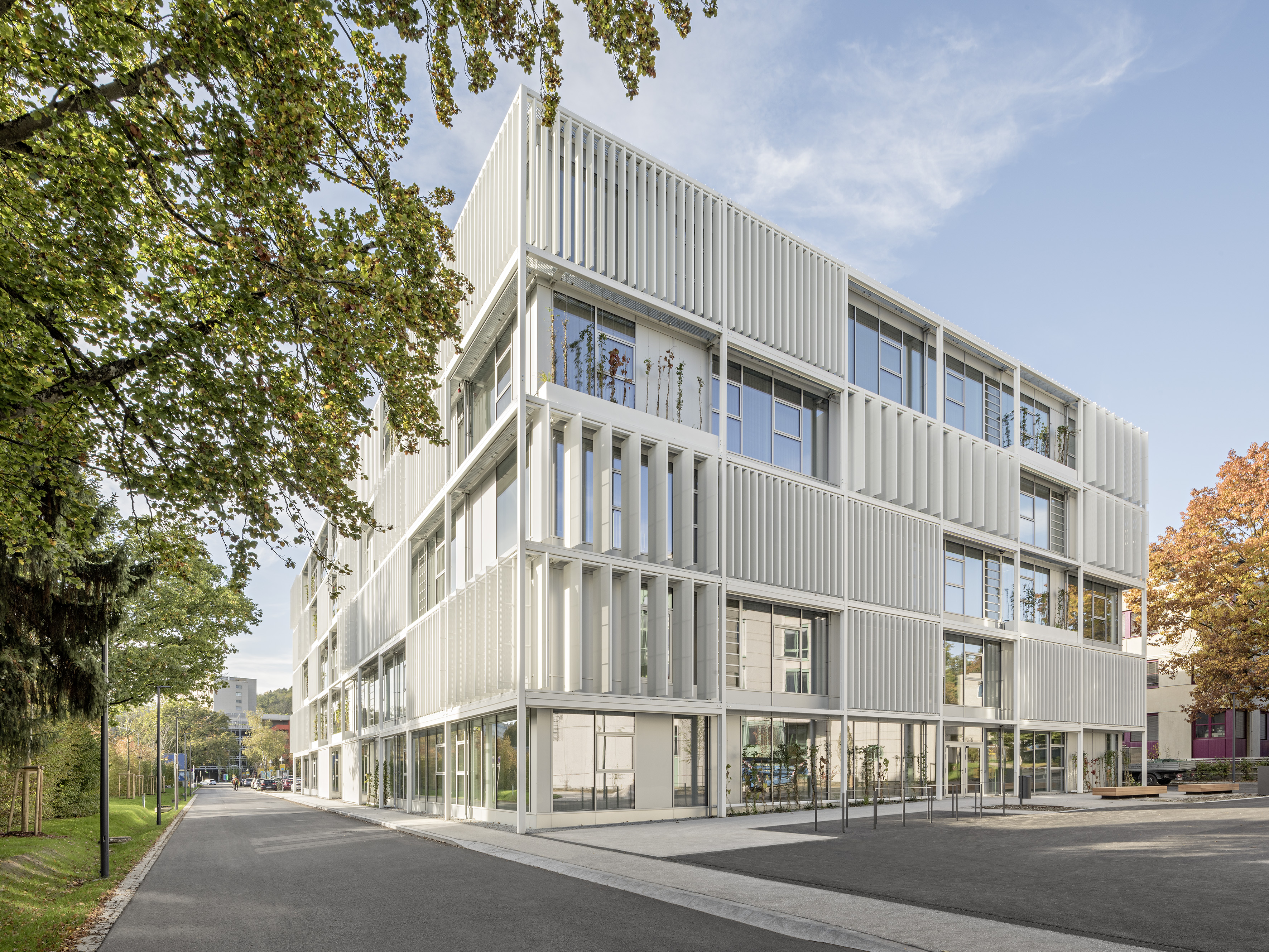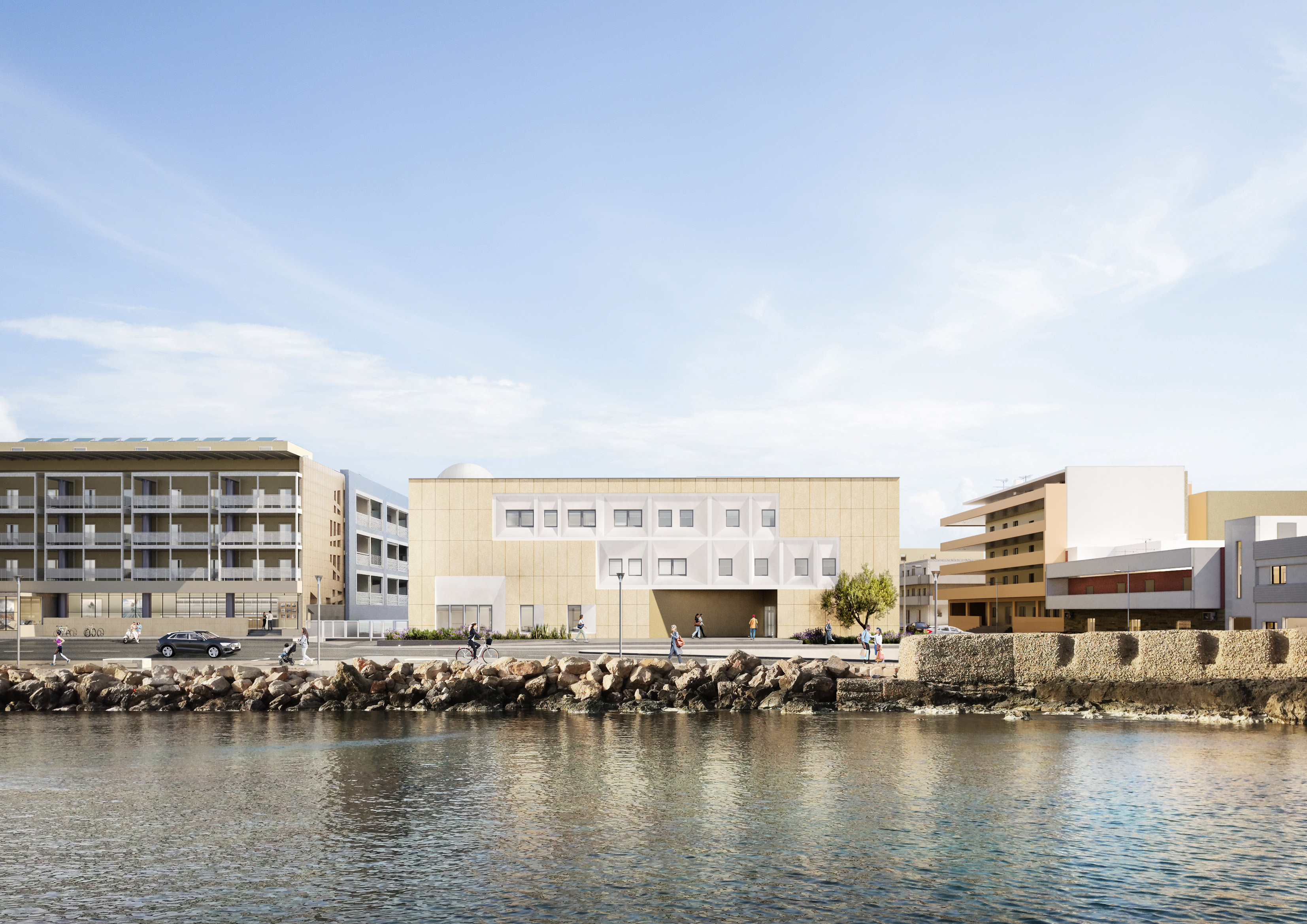默认情况下,所有杆件在使用设计模块中进行正常使用极限状态验算时,都被视为在端部节点有支座。 If the member is instead a cantilever or includes an internal support for a combination of both a cantilever and supported at both ends member type, a new Design Support should be defined under the member details.
The Design Support option can be found under the member dialog box under Design Supports & Deflection tab. Supports can be added to any nodes detected along the member length, such as the member start, member end, or internal nodes.
Under the New Design Support dialog box, you can set the type of support from the drop-down including general, concrete, or timber. The "general" will give the program guidance on the deflection member type and which limiting deflection ratio to reference from the Serviceability Configurations whether cantilever (for example, L/180) or supported on both ends (for example, L/360). The alternative types "concrete" and "timber" will also influence the deflection design, but have additional strength design options incorporated such as moment and shear internal force modification for concrete design and a stress perpendicular to grain check for timber design.
For additional detailed information on this new setting in RFEM 6 including a "timber" type design support, refer to the webinar listed below under Links at time 51:05.
















.png?mw=350&hash=744ef4cb87267613ad6fa22fe7d54607ce60f3cc)

























-querkraft-hertha-hurnaus.jpg?mw=350&hash=3306957537863c7a7dc17160e2ced5806b35a7fb)




_1.jpg?mw=350&hash=ab2086621f4e50c8c8fb8f3c211a22bc246e0552)





